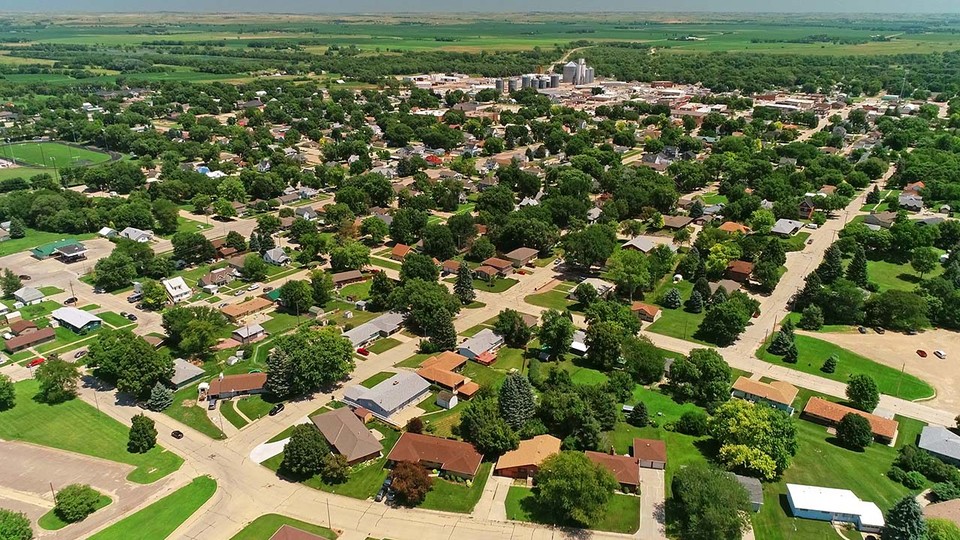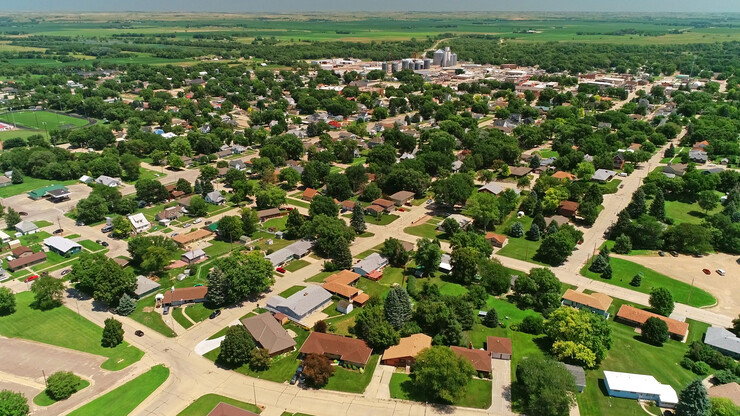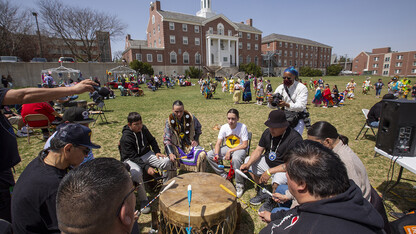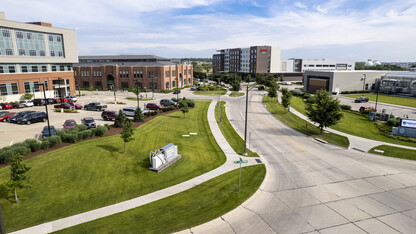· 3 min read
Poll: Internet helping rural Nebraskans save, earn money

Many rural Nebraskans are saving money and generating income by using the internet, according to the 2018 Nebraska Rural Poll.
Six in 10 rural Nebraskans surveyed are using the internet to save money by price matching or bargain hunting, and about one-third are generating income by buying or selling items online. Seven percent of respondents estimated the impact of saving money on their household as $1,000 or more annually.
“Persons living in or near smaller communities are more apt to use the internet to earn money by running and growing a home-based business and making their family farm more efficient and/or profitable,” said Becky Vogt, survey research manager for the Rural Poll — the largest annual poll of rural Nebraskans’ perceptions on quality of life and policy issues.
Just under one-quarter of respondents living in or near the smallest communities estimated some annual economic impact from the internet by making the family farm more efficient and/or profitable. Twelve percent estimated that annual impact as being at least $1,000.
People with occupations in agriculture are also generating income by running and growing a home-based business, making the family farm more efficient and/or profitable and regularly selling online. Fifty-three percent of those people surveyed generated income from the internet by making the family farm more efficient and/or profitable, with 24 percent reporting at least $1,000 of impact.
The proportion of rural Nebraskans accessing the internet from their cellphone increased from two years ago, from 70 percent to 77 percent. However, the proportion subscribing to a high-speed internet service at home remained about the same as 2016.
A digital divide still occurs in the state, as residents of larger communities are more likely than those in smaller communities to subscribe to a high-speed internet service. More than one in 10 respondents reported being significantly limited or not being able to play real-time video games or stream online video content. Two in 10 respondents living in or near towns and villages and about 7 percent of respondents living in or near cities reported those limitations.
The response rate for this year’s poll was 27 percent. The margin of error is plus or minus 2 percent. Complete poll results, including rural Nebraskans’ thoughts on the federal tax bill and workforce training, are available here.
Although the Grand Island area (Hall, Hamilton, Howard and Merrick counties) was designated a metropolitan area by the U.S. Census Bureau in 2013, the Rural Poll continues to include those counties in its sample. Also, Dixon and Dakota counties were added to the poll in 2014.
The University of Nebraska–Lincoln’s Department of Agricultural Economics conducts the poll in partnership with the Nebraska Rural Futures Institute with funding from Nebraska Extension and the Agricultural Research Division in the Institute of Agriculture and Natural Resources.








